Unveiling the Factors Behind Mazda’s Lower Popularity
Mazda, a renowned automotive brand acclaimed for its exceptional engineering and stylish designs, has amassed a loyal following over the years. However, it is evident that Mazda has not achieved the same level of popularity as some of its competitors within the automotive industry.
In this article, we explore the contributing factors behind Mazda’s relatively lower popularity and seek to understand why the brand has not attained the mass market appeal enjoyed by some of its counterparts.
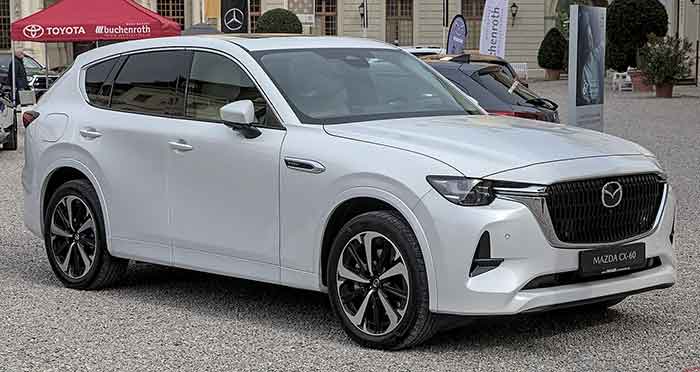
Photo: Mazda_CX-60_PHEV_Automesse_Ludwigsburg_2022_1X7A5890
Why Mazda is selling fewer cars?
Mazda’s sales have seen ups and downs over the past decade. Before the financial crisis, they had a decent market share and sold almost 300,000 cars annually. During the crisis, sales dropped, but Mazda managed to increase its market share. In the 2010s, they maintained a two percent market share and sold around 300,000 cars per year. Below are the four reasons for selling fewer cars:
- The pandemic had a positive impact on their sales in 2021, but in 2022, both market share and volume declined by 10%. As of 2023, Mazda has sold 53,000 cars, showing a slight improvement from the previous year.
- However, when compared to Toyota and Honda, Mazda faces challenges. Toyota and Honda have much higher market shares and sell millions of cars each year. One reason for this is Mazda’s slightly higher inventory levels, indicating that their cars are not selling as quickly as their competitors.
- Mazda offers a range of models with high-quality interiors and competitive pricing, such as the popular CX-5, CX-50, Mazda 3, CX-30, CX-9, and the beloved Mazda Miata sports car. However, Mazda’s attempt to rebrand itself as an affordable luxury brand did not gain much attention, possibly due to its lower advertising budget compared to competitors.
- Additionally, Mazda’s lack of hybrid vehicles is a missed opportunity, considering Toyota and Honda’s success in the hybrid market.
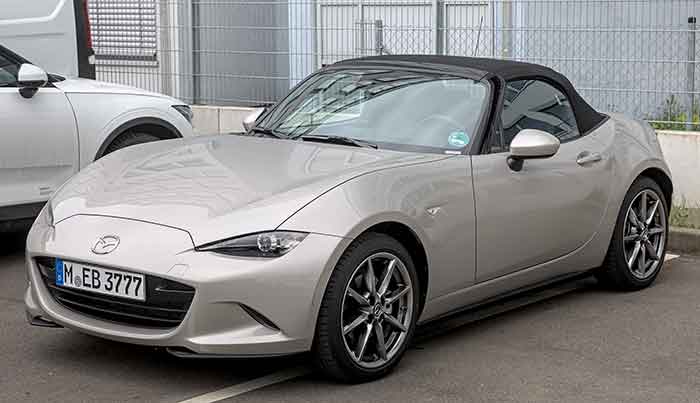
Photo: Mazda_MX-5_(ND)_1X7A7471
To address these challenges, Mazda should focus on increasing brand awareness through more advertising and social media presence. They should also consider offering hybrid powertrains and touchscreen infotainment systems. Clarifying its brand identity, whether it’s focused on performance, luxury, or off-road capabilities, will also be beneficial. These changes will help Mazda compete more effectively with Toyota and Honda and improve its sales performance.
Subdued Marketing Strategies:
Mazda’s subdued marketing strategies are a key factor contributing to its comparatively lower popularity. Unlike its competitors, Mazda takes a more reserved and subtle approach to promoting its brand. Instead of bombarding consumers with aggressive advertisements and flashy campaigns, Mazda opts for a more understated style.
While this may seem like a strategic choice, it can have its drawbacks. By being less assertive in its marketing efforts, Mazda’s visibility and presence in the market may be limited. As a result, many potential buyers may not be fully aware of the offerings and advantages of Mazda vehicles.
The lack of awareness poses a challenge for Mazda in attracting a wider consumer base. Without strong marketing campaigns that effectively reach and engage potential customers, Mazda struggles to establish itself firmly in the market. It becomes difficult for the brand to showcase its unique features, innovations, and quality, which could potentially sway buyers in its favor.
To improve its market position, Mazda may need to consider adopting more assertive marketing strategies that,
- Increase brand awareness,
- Highlight its strengths, and
- Effectively communicate the value it brings to customers.
By doing so, Mazda can better compete with its rivals and expand its reach in the automotive industry.
II. Perception of Reliability:
Consumers’ decisions when buying a car are heavily influenced by their perception of reliability, and this is an area where Mazda has struggled to establish a strong reputation. While Mazda vehicles are praised for their impressive performance and driving experience, some consumers consider other brands, especially Toyota and Honda, to be more reliable.
This perception can strongly impact buyers, leading them to choose brands they believe are more dependable, which ultimately affects Mazda’s overall popularity and market share. Below are two reasons that are mostly significant:
- This perception could be the longstanding reputation of brands like Toyota and Honda, who have built a reliable image over many years through consistent quality and durability. Moreover, consumer feedback, reports, and ratings on reliability surveys further reinforce these perceptions.
- Even isolated incidents or recalls associated with Mazda vehicles, even if statistically insignificant, can contribute to a negative perception.
To address this challenge, Mazda needs to take proactive steps to bridge the perception gap. They should highlight the measures they have taken to improve reliability and emphasize the positive aspects of their vehicles’ performance, quality, and safety. Ranking car brands based on their reliability, from the least to the most reliable:
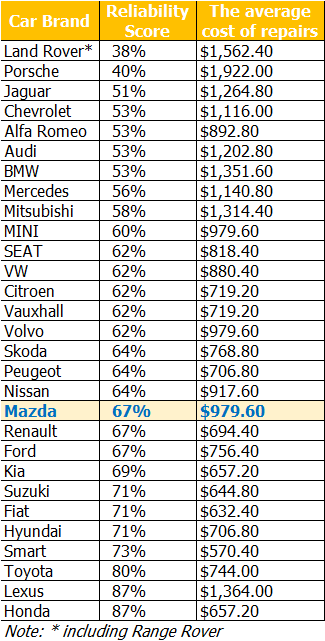
Mazda narrowly misses being in the top 10 of this reliability ranking. According to Warranty Wise, Mazda cars can be a little expensive to repair, with an average cost of £790. However, it’s important to note that Mazda’s reliability rating of 67% is only two percentage points lower than the brand ranked eighth.
Transparent communication with customers, regular updates, and a commitment to swiftly and effectively addressing any reliability concerns can help Mazda rebuild trust and change consumer perceptions. By continuously improving the dependability of its vehicles and effectively communicating these improvements, Mazda can work towards reshaping its brand’s perception and regaining market share in the highly competitive automotive industry.
Limited Range of Models:
One reason why Mazda may not be as popular as some other car brands is because it has a smaller variety of models to choose from. When you look at Mazda’s lineup, you will find a good selection of sedans, SUVs, and sports cars, but it may not be as extensive as what other manufacturers offer. This limited range of models can have an impact on Mazda’s popularity.
Having a diverse range of models is important because it allows car manufacturers to cater to different preferences and needs of customers. Some people may prefer larger SUVs for their spaciousness and versatility, while others may be more interested in sleek and sporty sedans. By offering a wide variety of options, car brands can attract a larger customer base.
When a brand has a limited model range, it may struggle to appeal to certain market segments. For example, if Mazda doesn’t have a specific type of car that a particular group of customers is looking for, they may choose to go with a competitor’s brand instead. This can have a negative impact on Mazda’s overall popularity and market share.
The number of car models for the most popular 20 car brands are shown below:
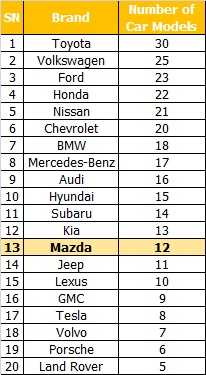
In order to increase its appeal and gain more popularity, Mazda could consider expanding its model range to include a wider variety of vehicles that cater to different customer preferences. By doing so, it can attract a larger audience and potentially improve its standing in the market.
Brand Recognition and Image:
Brand recognition and image play a crucial role in determining how well-known and well-regarded a brand is. When it comes to Mazda, even though they have made significant contributions to the automotive industry, they may not enjoy the same level of recognition as some of their competitors.
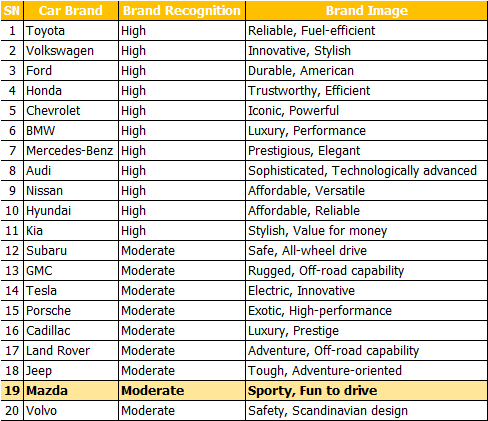
While car enthusiasts and people familiar with Mazda appreciate the brand’s image, it might not have the same impact on the general public. To gain more widespread popularity, Mazda needs to work on establishing a stronger and more easily identifiable brand identity that people aspire to be associated with. This could help Mazda attract a larger audience and enhance its overall reputation in the market.
Intense Competition:
In the world of cars, there is a cutthroat battle for customers’ attention. The automotive industry is like a battlefield, with many powerful players fighting to win over consumers. Mazda, a car company, finds itself in the midst of this intense competition.
It is up against well-known and long-standing brands that have been ruling the market for many years. These brands have built a strong following of loyal customers and have a strong presence in the market.
The world car group ranking and sales performance are shown below:
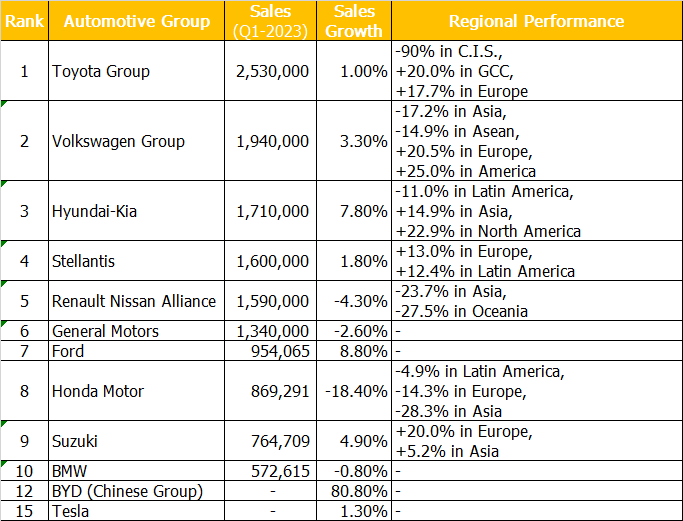
For Mazda, it’s not easy to make a name for themselves in this crowded and competitive market. They don’t have the same widespread popularity or long-standing reputation as their rivals, which makes it even more challenging for them to attract customers.
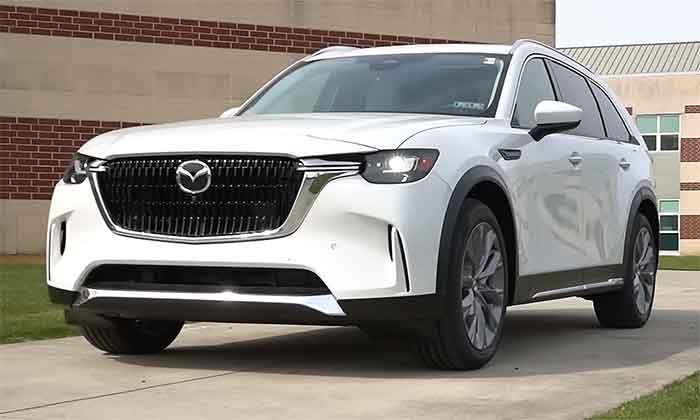
Photo: 2024_Mazda_CX-90_(United_States)_front_view
Concluding Thoughts: The Path to Mazda’s Enhanced Popularity and Success
Mazda is a well-regarded car brand that is known for its innovative and fashionable vehicles. However, it is not as popular as some other brands, and this can be explained by several factors. Firstly, Mazda’s marketing strategies may not be as effective in reaching a wide audience and promoting its brand.
Secondly, there may be a perception among consumers that Mazda cars are not as reliable as those from other manufacturers. Additionally, Mazda has a limited range of models compared to its competitors, which may limit its appeal to different customer preferences. Moreover, brand recognition plays a role, as some potential buyers may be more familiar with other car brands.
Lastly, the automotive market is highly competitive, making it challenging for Mazda to stand out. To increase its popularity, Mazda needs to address these factors and make improvements. By continuing to focus on design and engineering excellence, Mazda can position itself for greater success and appeal to a wider range of customers in the future.




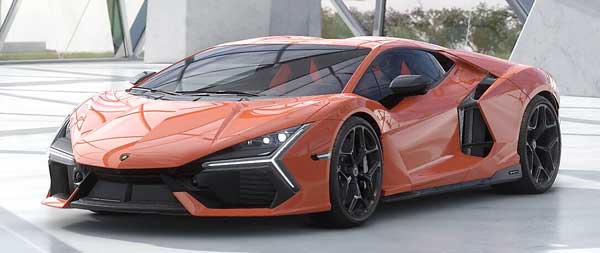
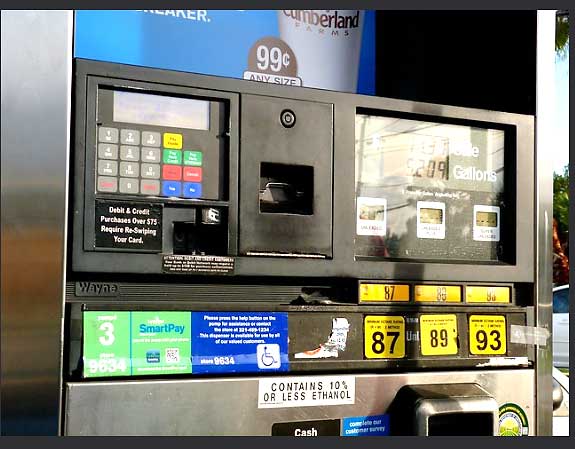
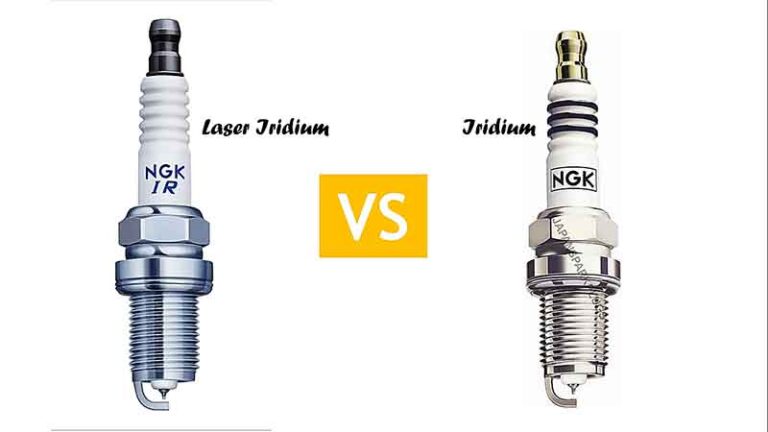
One Comment